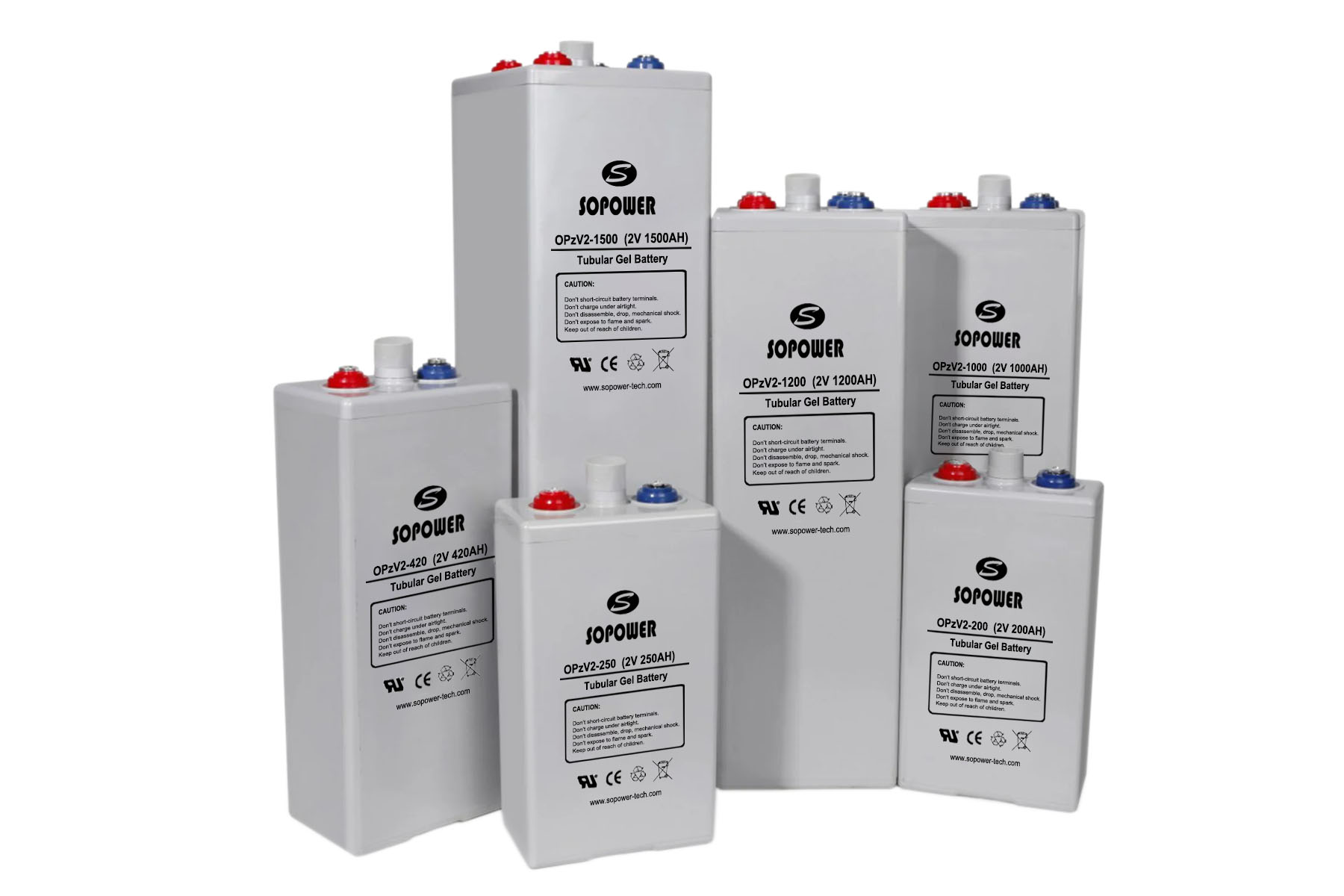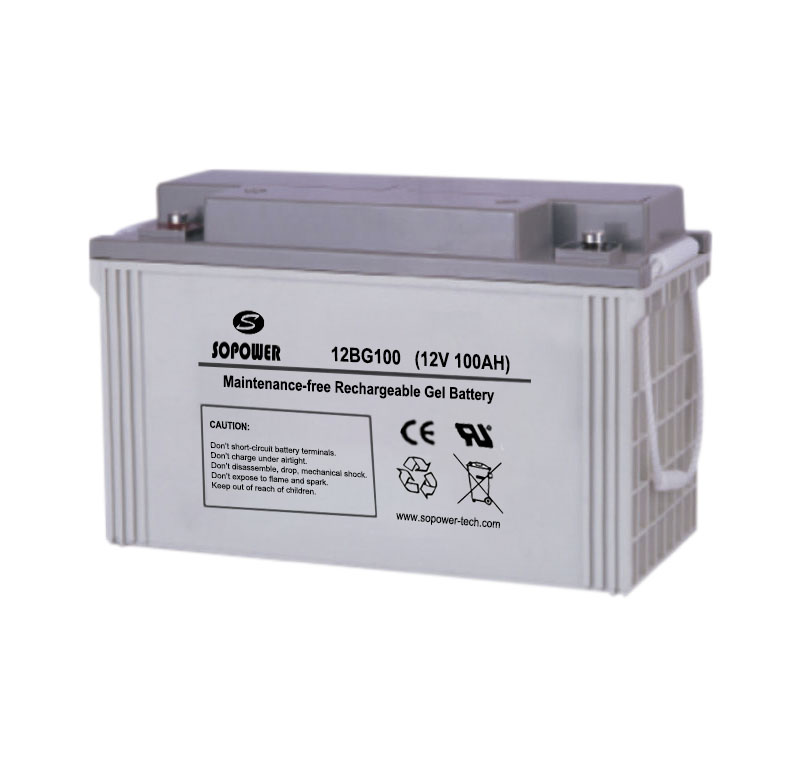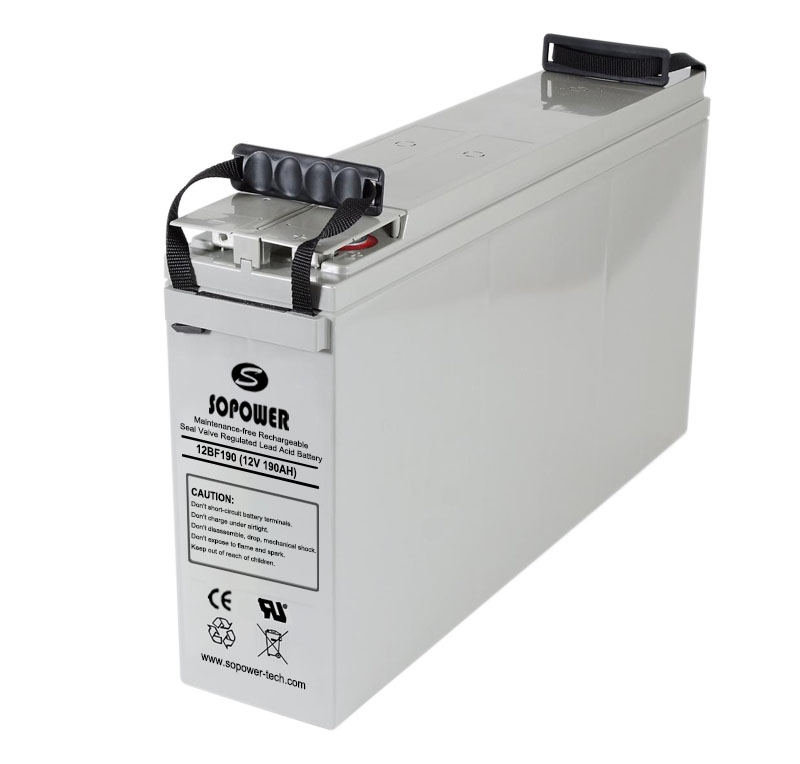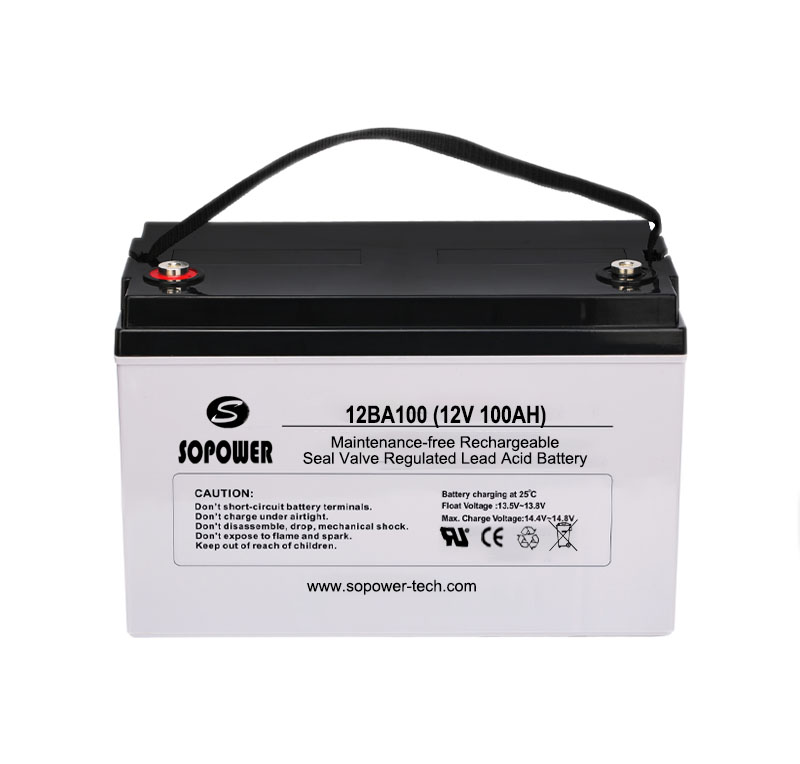Source: PV-Magazine Date: JULY 8, 2021
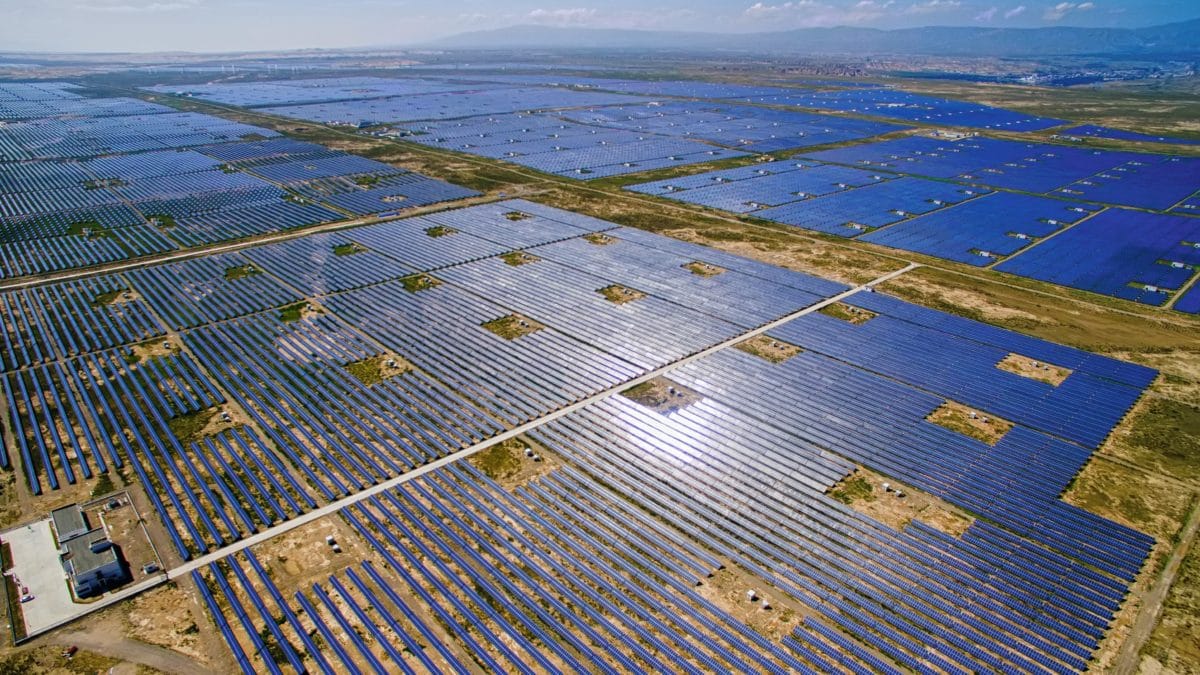
According to Asia Europe Clean Energy (Solar) Advisory Co. Ltd, demand for solar PV in China could “effortlessly” surpass 100 GW in 2022, following a year of “flat” demand in 2021. It adds that a “massive overcapacity” situation in the production sector is looming. Meanwhile, the distributed solar PV market is on track for huge growth, with potential for annual demand to reach upwards of 20 GW+ from next year.
In a note issued today, the Asia Europe Clean Energy (Solar) Advisory Co. Ltd (AECEA) says China’s PV industry may be on track for a bumper solar year in 2022, following a potentially “flat” year in 2021.
The “substantial” price increases for various raw materials that have been witnessed since the start of this year have seen PV projects either delayed or cancelled, writes director Frank Haugwitz. Consequently, just 9.91 GW of new solar capacity was deployed by the end of this May, comprising 5.76 GW of utility-scale projects and 4.15 GW of residential PV systems, the latter of which is said to represent a more than three-fold increase on the previous year.
“Due to the current high price ecosystem, which is anticipated to only marginally soften in the coming months … a larger share of projects originally scheduled to get connected to the grid by December, could actually be shifted into 2022,” he says.
In addition to the price increases, the country’s National Energy Administration (NEA) recently announced in its 2021/2022 wind and solar PV policy that projects approved in 2019/2020 but which are not connected by the end of this year will be automatically included in next year’s quota – 90 GW for solar – and will not be subject to a new competitive bidding process. Previously, it was understood that these project approvals would be revoked.
While there is still no official confirmation, recent provincial governmental announcements including in Hebei, Shaanxi, and Gansu Province, state that the deadline for forthcoming and already approved projects is December 2022, according to AECEA.
“If having effectively granted another year, China’s demand in 2021 could in the best case be just flat YoY, whereas in AECEA’s view demand could effortlessly surpass the 100 GW mark in 2022,” says Haugwitz.
Looming PV overcapacity
According to AECEA, China’s over 260 PV module manufacturers exported 35.4 GW of product between this January and May, representing a 34% year-on-year increase.
Overall, global PV module capacities in 2020 reached around 320 GW. This represents an annual increase of almost 47%, of which China comprised 245 GW, having added over 90 GW of new capacity, and which is more than double last year’s global PV installations of 120 GW, says AECEA. In terms of actual output, these figures translate to 164 GW globally, and nearly 135 GW in China.
Looking to PV wafer production, the analyst says that of the around 248 GW of global capacity in 2020, 240 GW were in China. These manufacturers were said to have produced almost 162 GW last year, out of a global total of 168 GW.
The polysilicon situation is slightly different in that between 2018 and first half of 2020 hardly any new investments in polysilicon were made, which resulted in a “fairly tight” supply situation and price increases of up to 160%. This has led to both established and new manufacturers announcing plans to add new polysilicon capacity; thus China’s 2020 China’s polysilicon production capacity of around 420,000 tons is expected to reach an annual output of up to 1.6 to 1.8 million tons “in the foreseeable future.”
“Looking ahead, taking wafer production as an example, an estimated 110-130 GW shall be added in 2021, and possibly another 170-190 GW next year, thus amounting to up to 560 GW, dwarfing by then the estimated 450 GW cell production capacities by almost 25%,” continues Haugwitz.
“In comparison, by the end of 2021 China’s module production may reach 390 GW; that means module production capacities may increase by a staggering 60% YoY. However, this in stark contrast to a projected global demand estimated to be btw. 160 to 240 GW this and next year.”
As such, AECEA predicts that “another industry-cycle featuring massive over-capacities” is on the horizon.
Another reason for increased production capacities is due to the fact local governments are starting to see the renewable energy industry as an area of future growth, says the analyst, on the back of China’s 2030 and 2060 climate change targets and because “substantial” rule-making authority was granted to them by the central government in the first quarter this year.
Haugwitz writes: “An increasing number of provincial jurisdictions have endorsed local development policies requiring PV power plant developers seeking official project approval to substantially investment into local manufacturing, calling it ‘local economical contribution’. The latter is not necessarily limited to manufacturing, although preferred, the construction of buildings or schools would equally be accepted, provided it meets the respective economic targets.
“Consequently, such a practice, which at present is rather the norm than the exception, drives up costs for ground-mounted utility-scale projects considerably. It therefore, does not surprise that just 5.76 GW of utility-scale were deployed during the first 5 months this year, whereas 4.15 GW of residential PV systems, representing a more than three-fold increase YoY.”
Distributed solar PV market on track for huge growth
China’s distributed solar PV market is on track for significant growth, says Haugwitz, not least because the National Development and Reform Commission (NDRC) has identified distributed solar PV combined with electrical energy storage as its second most important project under the Circular Economy Development Plan for the 2021-2025 period.
In late June, the NEA also announced a pilot program designed to ramp up the deployment of distributed solar PV under which it requested provincial offices to nominate counties where a trial program to push blanket rooftop solar could be carried out by July 15.
The goal is to have at least 20% of all residential rooftops equipped with solar, as well as at least 30% of commercial and industrial structures; 40% of non-government public buildings, such as hospital and schools; and half of the roofs on the government estate.
This push has led the Energy Research Institute, which is affiliated with China’s NDRC, to estimate a national rooftop potential of up to 800 GW, including around 200 GW in Shanghai, Zhejiang, and Jiangsu; and 55 GW in the Guangdong Province. Overall, industry representatives are said to believe that the pilot program could see up to 250 GW of future demand.
According to AECEA, 23 provinces and municipalities have already announced their plans to participate in the trial. “In AECEA’s opinion, till the end of this year, we may see a doubling of up to 10 GW vs 2020. However, anticipating the pilot program will be successful and thus converted into a full-blown multiple-year program, this could trigger an annual demand of 20+ GW from 2022 onwards,” says Haugwitz.
This year, it predicts that demand for residential PV may reach 16 GW, up from 10.12 GW in 2020, due to the RMB 500 million worth of subsidies issued. Even without subsidies, the analysts expect this demand to remain going forward, because of China’s “rural revitalization strategy”.
“Overall, in the mid-term distributed solar PV is expected to make up an ever larger share of the overall market,” concludes Haugwitz.

